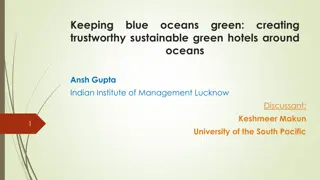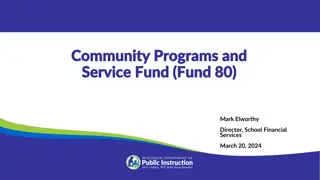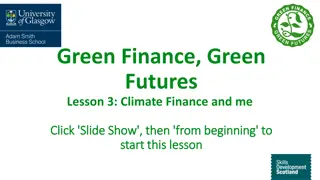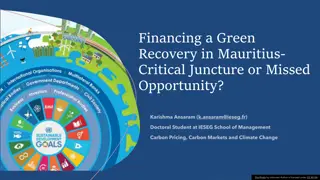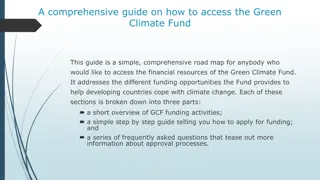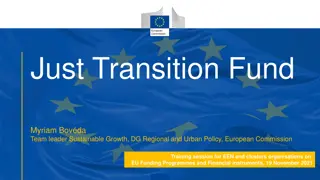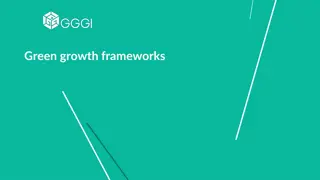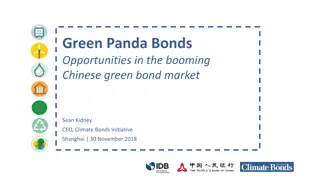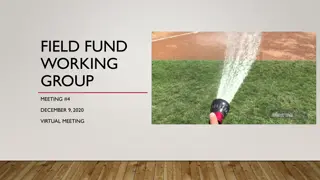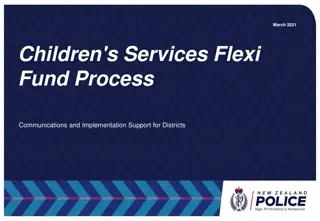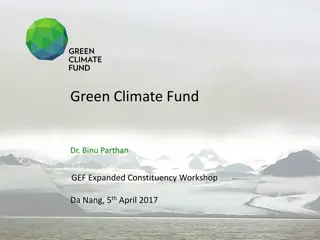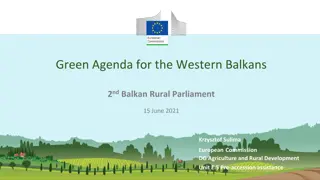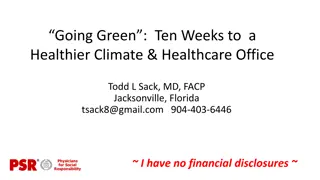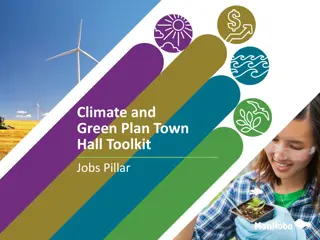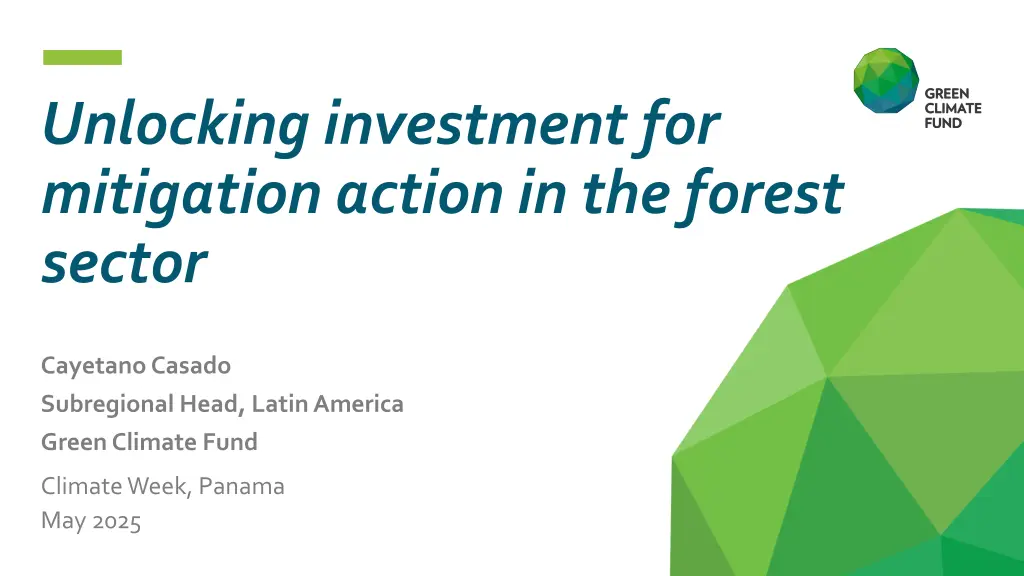
Unlocking Investment for Forest Sector Mitigation Action
Discover the barriers and opportunities in unlocking investment for forest sector mitigation action, as discussed during the Latin America Green Climate Fund Climate Week. Explore the financial gaps, emerging trends, and the multilayered landscape approach to sustainable forest management and restoration in this comprehensive overview. Learn about the aim to smooth the forest transition curve and delve into the challenges faced in forest emissions, loss trends, policy uncertainties, and more in the quest for sustainable forestry investments.
Download Presentation

Please find below an Image/Link to download the presentation.
The content on the website is provided AS IS for your information and personal use only. It may not be sold, licensed, or shared on other websites without obtaining consent from the author. If you encounter any issues during the download, it is possible that the publisher has removed the file from their server.
You are allowed to download the files provided on this website for personal or commercial use, subject to the condition that they are used lawfully. All files are the property of their respective owners.
The content on the website is provided AS IS for your information and personal use only. It may not be sold, licensed, or shared on other websites without obtaining consent from the author.
E N D
Presentation Transcript
Unlocking investment for mitigation action in the forest sector Cayetano Casado Subregional Head, Latin America Green Climate Fund Climate Week, Panama May 2025
The finance gap Source: CPI (2022) Source: CPI (2022) 4
Barriers and gaps to investment 1. Policy and Regulatory Uncertainty Unpredictable policies undermine trust Example: Delays in REDD+ frameworks 4. High Transaction Costs and Project Scale Limitations Small projects = high costs less interest Few aggregation models available Good practice. Indonesia forest moratorium helped attract over US1bn in green investments 5. Market and Revenue Uncertainty Voluntary carbon credit prices fluctuate ($3 $15/t in 2023) Revenue risks deter investment 2. Land Tenure and Rights Issues Unclear tenue represent risk for projects and investors ~40% forests lack secure tenure FAO (2020) Voluntary carbon markets still attracted US2bn in transactions 3. Limited Technical and Financial Capacity Capacities on project structuring Gaps in MRV and financial skills Difficulty accessing blended finance 6. Social and Environmental Safeguards Complex safeguards add cost Community opposition possible 5
Emerging trends and opportunities Finance directed toward NbS has increased over the past few years, reaching over USD 153 billion in 2022 (Forest declaration assessment 2023) Nature is an emerging asset class Impact investment experiences on regenerative agriculture, reforestation. (CAM CEO, 2024) Nature tech is becoming increasingly important for NbS investors (Nature 4 Climate, 2024) 6
GCF a multilayered landscape approach to forests Sustainable Forest Management and Restoration Forest Deforestation- free commodities supply chains Forest Restoration and Reforestation Conservation (Protected Areas)
Aim to smooth the forest transition curve ECONOMIC GROWTH Bhutan, Gabon, Suriname Forest cover Myanmar Indonesia Cameroon REDD+ China Costa Rica Vietnam Stabilization India, Bangladesh 0 % Time
Deploying a suite of re-pricing and de-risking instruments Information and empowerment instruments Information disclosure, green taxonomies Public awareness, investment in education, research, vocational training Control and regulatory instruments Macro-prudential regulations (climate stress tests for banks, insurers) Bans, zoning & protected areas, norms, standards, labels (e.g., certification) Economic and market instruments Carbon taxes, charges, penalties and environmental fines, green procurement Tradable permits, quotas, PES, carbon credits, biodiversity certificates Green finance regulatory networks, asset managers coalitions Dedicated financial institutions (green banks, green bond platforms, etc.) Institutional instruments Project-level concessional finance (grants and loans) Venture capital, guarantees, equity investment, green bonds, debt conversion Financial instruments
Blended Finance 1: Complementarities Blue carbon baselines in Cenotes in Yucatan Upscaling EBA interventions for community-based enterprises through on-granting Piloting a financial mechanism for long-term conservation and restoration of mangroves and natural sinkholes (cenotes) through blue carbon markets Micro-insurance schemes to guarantee permanence of blue carbon CIEWS to support agreements for fish replenishment areas
Blended Finance 2: Sequencing IDB Amazon Bioeconomy Fund Guarantees Sovereign Loans Grants Equity Technical assistance Capital finance markets through bond issuance National IDB Invest Development Banks Early risk & high-tech businesses Late-stage, mature businesses Small & indigenous businesses Tailored support to Amazon bio-businesses for optimal efficiency & social inclusiveness


